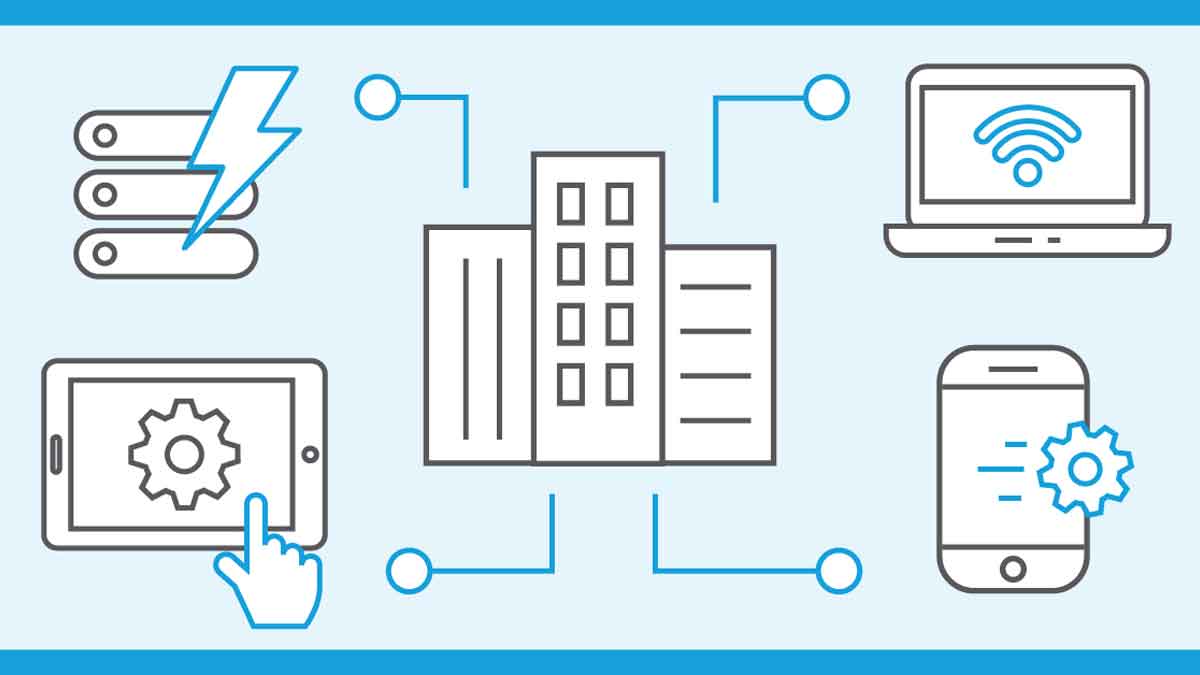General
SaaS: Software as a Service
Software as a service (SaaS) is a software distribution model in which allows users to connect to and use cloud-based applications over the Internet In this model, an independent software vendor (ISV) may contract a third-party cloud provider to host the application.
SaaS is one of three main categories of cloud computing, alongside infrastructure as a service (IaaS) and platform as a service (PaaS). A wide range of IT professionals, business users and personal users use SaaS applications. Products range from personal entertainment, such as Netflix, to advanced IT tools.
How does software as a service work?
SaaS works through the cloud delivery model. A software provider will either host the application and related data using its own servers, databases, networking and computing resources, or it may host the application in the provider's data center. The application will be accessible to any device including laptop and mobile phone with a network connection. SaaS applications are typically accessed via web browsers.
As a result, companies using SaaS applications are not tasked with the setup and maintenance of the software. Users simply pay a subscription fee to gain access to the software, which is a standard and ready-made solution.

In the software-on-demand SaaS model, the provider gives customers network-based access to a single copy of an application. The application's source code is the same for all customers, and when new features or functionalities are released, they are rolled out to all customers.
SaaS removes the need for organizations to install and run applications on their own computers or in their own data centers. This eliminates the expense of hardware acquisition, provisioning and maintenance, as well as software licensing, installation and support.
Advantages of SaaS
Gain access to sophisticated applications. To provide SaaS application to users, you don't need to purchase, install, update, or maintain any hardware, middleware, or software. SaaS makes even sophisticated enterprise applications, such as accounting, ERP and CRM, affordable for organizations that lack the resources to buy, deploy, and manage the required infrastructure and software themselves.
Pay only for what you use. You also save money because with SaaS service you can scales up and down according to the level of usage.
Use free client software. Users can run most SaaS apps directly from their web browser without needing to download and install any software, although some apps require plugins. This means that you don't need to purchase and install special software for your users.
Mobilize your workforce easily. SaaS makes it easy to "mobilize" your workforce because users can access SaaS application and data from any Internet-connected computer or mobile device. You don't need to worry about developing application to run on different types of computers and devices. In addition, you don't need to have special expertise to manage the security issues inherent in mobile computing. A carefully chosen service provider will ensure the security of your data, regardless of the type of device consuming it.
Access app data from anywhere. With data stored in the cloud, users can access their information from any Internet-connected computer or mobile device. And when data is stored in the cloud, no data is lost if a user's computer or device fails.
SaaS products may be primarily marketed to B2B, B2C markets or both. Examples of SaaS products include:
- Adobe Creative Cloud
- Google Workspace Apps
- HubSpot
- Microsoft 365
- Netflix
- Trello
- Xin 365
- Zoom
Next topic: What is Xin 365
Previous topic: What is Cloud Computing
Need help?
Connect with us
New to Xin 365?
Sign up today